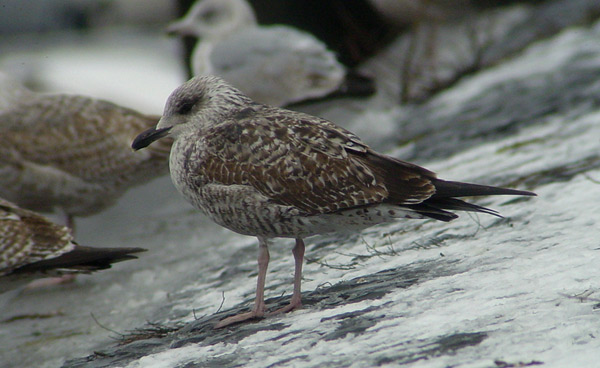 Yellow-legged
Gull- Geelpootmeeuw (L. michahellis): 2cy February
Yellow-legged
Gull- Geelpootmeeuw (L. michahellis): 2cy February
(last update: 08 december 2003)
YLG
1cy May
YLG
1cy June
YLG
1cy July
YLG 1cy August
YLG 1cy September
YLG 1cy October
YLG 1cy November
YLG 1cy December
YLG
2cy January
YLG 2cy February
YLG 2cy March
YLG 2cy April
YLG 2cy May
YLG 2cy June
YLG 2cy July
YLG 2cy August
YLG 2cy September
YLG 2cy October
YLG 2cy November
YLG 2cy December
YLG
3cy January
YLG 3cy February
YLG 3cy March
YLG 3cy April
YLG 3cy May
YLG 3cy June
YLG 3cy July
YLG 3cy August
YLG 3cy September
YLG 3cy October
YLG 3cy November
YLG 3cy December
YLG
sub-ad Jan.
YLG sub-ad Feb.
YLG sub-ad March
YLG sub-ad April
YLG sub-ad May
YLG sub-ad June
YLG sub-ad July
YLG sub-ad Aug.
YLG sub-ad Sept.
YLG sub-ad Oct.
YLG sub-ad Nov.
YLG sub-ad Dec.
YLG
adult January
YLG adult February
YLG adult March
YLG adult April
YLG adult May
YLG adult June
YLG adult July
YLG adult August
YLG adult September
YLG adult October
YLG adult November
YLG adult December
A 2cy michahellis which has
moulted the head, neck, breast, flanks and belly to second generation. In
the left wing, tertial #1 has been moulted to second generation.
Furthermore, in the left wing, greater coverts #2, median coverts #10-11,
lower lesser coverts #4-6 and #12 and two lesser coverts are second
generation as well, with the last moulted feathers showing a different
pattern and a greyish base.
The other wing-coverts are still juvenile. In the right wing, moult is
less advanced, with all the tertials and all the greater coverts still
juvenile. The left-wing moult stage in the median, lower lesser and lesser
coverts is mirrored in the right wing.
The lowest row of lower scapulars are fresh second generation feathers with a grey base on
the last replaced feathers. Seven lower upper scapulars have been replaced
recently for third generation feathers. Those feathers show a black shaft
and a grey base. In 2cy michahellis it's common to find birds
continuing to replace upper scapulars to third generation feathers while
the rear lowest scapulars have only very recently been replaced for second
generation feathers. By this stage, this individual shows first generation
feathers (remiges, rectrices, most wing-coverts), second generation
feathers (the head, body, most scapulars and some wing-coverts) and at the
same time third generation feathers (a few lower upper scapulars).
The head shows a dark patch around the eye which extends on the nape and a
boldly streaked neck-collar. The bill is all dark. Note that so-called
"first winter" michahellis doesn't necessarily have to
show a peculiar obvious white head.
In the background, three Herring Gulls (all argenteus).
